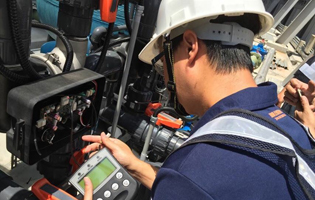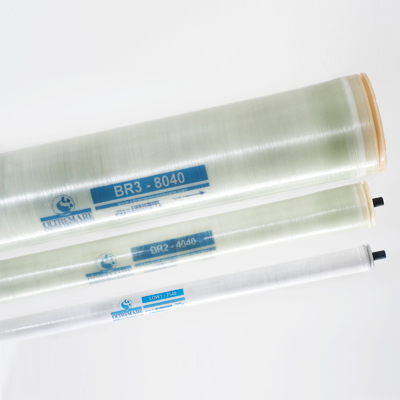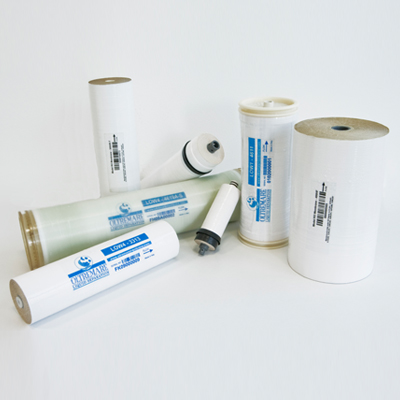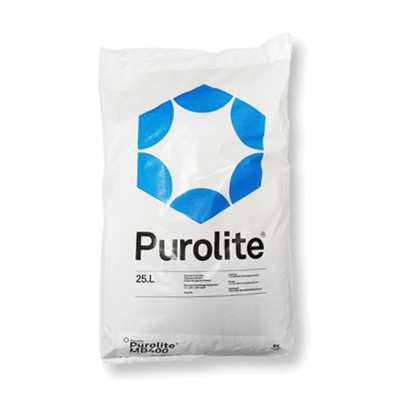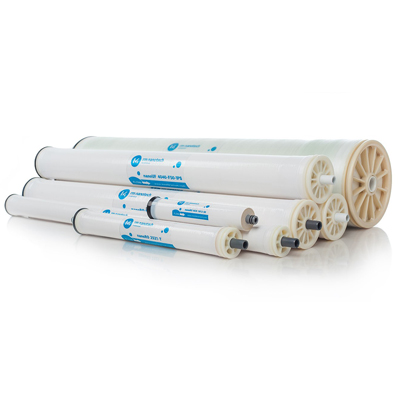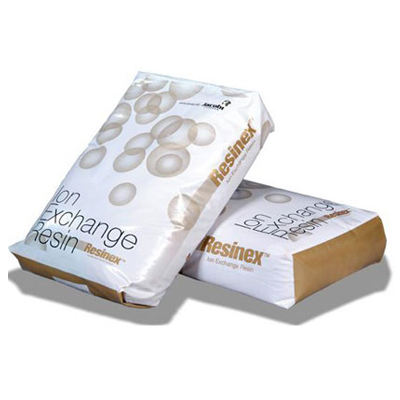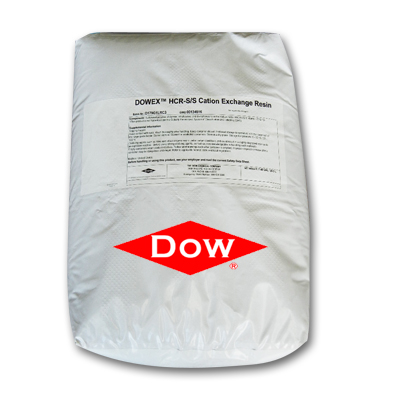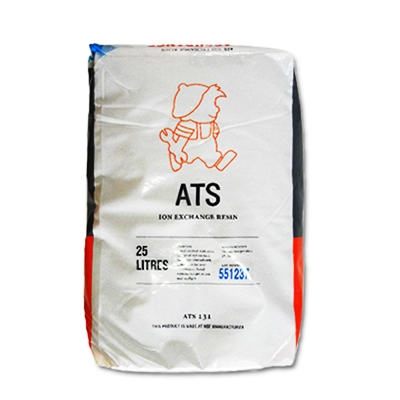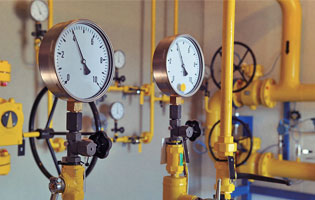PRODUCT INFORMATION
Chemical Terminology EducationX
- front page
- product
- Injection treatment technology
- Technology Development Department
- Chemical Terminology EducationX
Product Information
- heat treatment
-
water treatment
- Arsenic remover
- Desulfurizer
- Deaerator
- Water softener (calcium and magnesium ion removal)
- Carbon filter (removes odor and residual chlorine)
- Sand filter (removal of suspended impurities)
- Iron remover (removal of iron and manganese ions)
- RO water purifier
- Pre-backwash filter
- UV ultraviolet sterilizer
- Ion exchange resin
- reverse osmosis membrane tube
- quick filter
- Various tanks for water treatment
- Various application filter media
- 美國 Clack Clark control valve
- 美國 Fleck Control Valve
- 美國 Pentair Control Valve
- 美國 Autotrol Control Valve
- Runxin Control Valve
- Injection treatment
- Technology Development Department
-
brand
- Demo brand
- US DOW
- IDEX USA
- US CLACK
- EMERSON, USA
- American PENTAIR
- SIEMENS Germany
- American PULSAFEEDER
- Denmark DANFOSS
- Thailand HAYCARB
- France SUNTEC
- UK PUROLITE
- Japanese NOP
- Japan OLYMPIA
- Japan KATSURA
- BRAHMA, Italy
- SAGINOMIYA
- HONEYWELL
- AZBIL (YAMATAKE)
- OLTREMARE
- NIPCON
- TROCHOID
- domestic
- EGO
- KATO
- LECIP
- ATS
- JACOBI
- ETATRON
- WAVE CYBER
- BOSCHINI
- NIPPON
- WL
- CASH ACME
- YAZAKI
- RUNXIN
- About | Contact
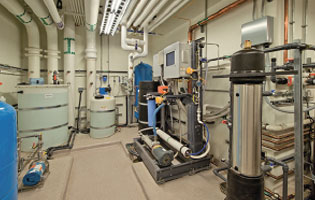
Chemical Terminology EducationX
Technical explanation
| Superficial Velocity: | The velocity of the fluid flowing through the bucket containing the bed of particles and outgoing is described in terms of surface velocity. The superficial velocity is defined as the velocity that the fluid reaches when it passes through the tank at the same volumetric flow rate in the absence of particles. Mathematically, the surface velocity (Vs) can be expressed by this equation: Vs=Q/A (Q is the volumetric flow rate and A is the cross-sectional area of the empty tank.) For example, if an ion exchange tank has a cross-sectional area of 640 cm2, and Sending water through the pump at 64 cm3/sec gives a surface velocity of 64/640 or 0.1 cm/s. The actual velocity at the surface of any particle may be greater or less than the surface velocity because the flow will not be uniform across the filter bed and the particles will occupy some of the cross section. Our engineers found it useful to calculate the surface velocity in this way to help estimate mass transfer between the flowing liquid and the particle's stationary surface. (See also EBCT). |
| Titratable Alkalinity: | When certain anions, such as carbonate (CO3) dissolve in water, they bind hydrogen ions (H+), thereby changing the water balance (see definition of pH), producing free hydrogen ions (OH-). Excess OH concentration, referred to as alkalinity. Titrimetric alkalinity is measured by determining the amount of H (mEq or mmol). Similarly, if water needs to be adjusted to a neutral state, H (mEq or mmol) must be added to the water to restore the pH to 7.0, the neutral state, and let [H] = [OH]. |
| Total Organic Carbon: | Organic compounds that dissolve in water all have a carbon content. Total organic carbon is the amount of carbon present in the water sample, excluding CO2 and/or carbonate carbon. The value of total organic carbon is determined by catalytic oxidation (burning) of all dissolved carbon (CO2/CO3 = after acidification removal) into CO2. The CO2 produced can be measured directly by infrared absorption measurements, or it can be burned in a furnace with hydrogen to form methane, which is then measured by a flame electrochemical detector. |
| Turbidity: | Turbidity is a measure of the suspension of colloidal substances in water. Suspended matter in the water sample, such as clay, silt, or finely divided organic and/or inorganic matter, scatters the light beam. The degree of beam scattering is expressed as turbidity in JTU or NTU units. |


